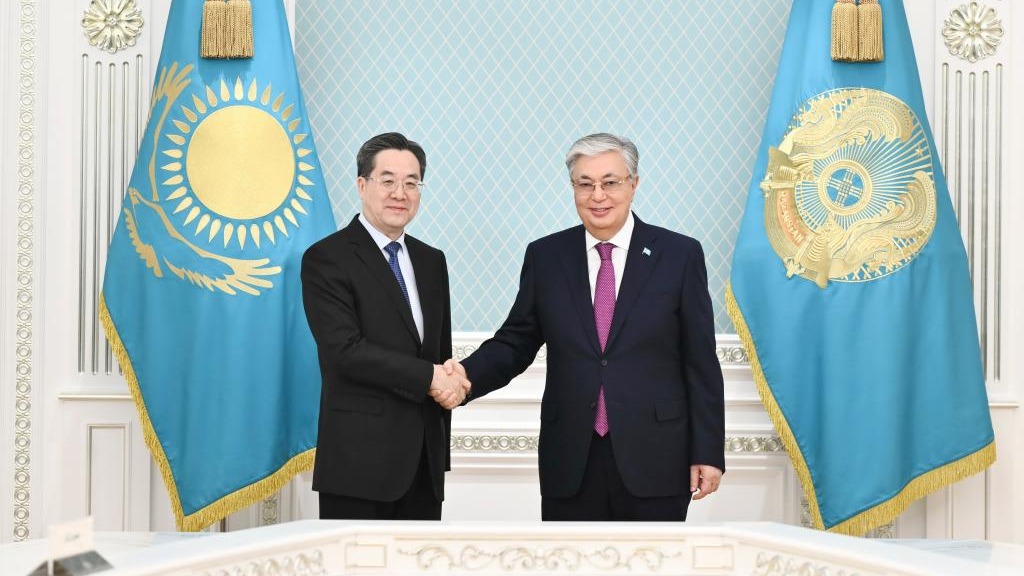In a significant diplomatic move, Chinese Vice Premier Ding Xuexiang visited Kazakhstan from November 26 to 27, aiming to consolidate ties and advance cooperation between the two nations. During his visit, Ding met with Kazakh President Kassym-Jomart Tokayev in Astana, expressing China’s commitment to implementing important consensus and elevating the permanent comprehensive strategic partnership between the two countries.
Highlighting the robust foundation, vast potential, and promising prospects of China-Kazakhstan cooperation, Ding emphasized the readiness to work collaboratively on mutual development goals. The Vice Premier urged both nations to strengthen mutual trust, align development strategies, enhance policy coordination, and expand cooperation in various sectors. The Belt and Road Initiative (BRI) featured prominently in discussions, with Ding encouraging the synergy between the BRI and Kazakhstan’s Bright Road initiative.
Ding called for the exploration of new avenues of cooperation, proposing a deeper partnership in culture, tourism, education, sports, and youth engagement. This multi-faceted collaboration aims to reinforce the longstanding friendship between China and Kazakhstan. Additionally, efforts to promote the stable operation of China-Central Asia mechanisms were emphasized to ensure regional peace and stability.
President Tokayev affirmed Kazakhstan’s steadfast support for high-quality Belt and Road cooperation, welcoming Chinese investments in the country. Both nations expressed their willingness to deepen practical cooperation across various fields, tackle common challenges such as terrorism, and enhance people-to-people exchanges. The leaders jointly chaired the 11th Meeting of the China-Kazakhstan Cooperation Committee, signaling a commitment to achieving new milestones in their enduring strategic partnership.
As China and Kazakhstan strengthen their ties, the visit by Vice Premier Ding Xuexiang marks a pivotal moment in advancing cooperation, fostering regional stability, and realizing shared development objectives.















